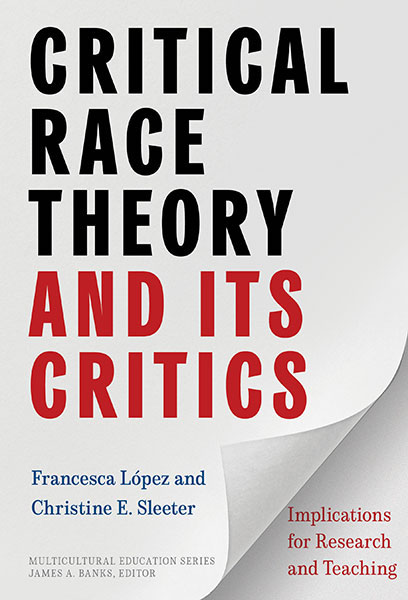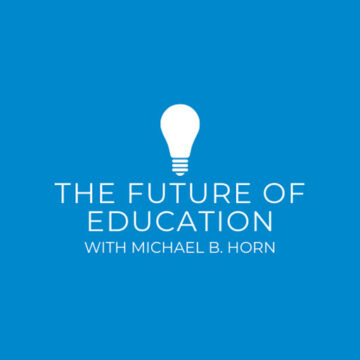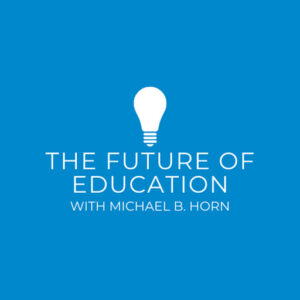 |
|
How to Talk to Young Children About Race: 10 Research-Based Tips
|
|
 |
|
|
 |
It’s a common belief that young children do not “see” race or racism. Or—if they do—that the topics are too fraught to be discussed in their presence.
Yet neither conception is correct, as explained in a new book authored by NEPC Fellows Francesca López of Penn State University and Christine E. Sleeter, Professor Emerita at California State University, Monterey Bay. Titled Critical Race Theory and Its Critics: Implications for Research and Teaching, the book was published earlier this year by Teachers College Press.
In fact, a 2020 study conducted for Sesame Street found that 86 percent of surveyed children, aged 6-11, were aware of racism, López and Sleeter write.
Yet even before states started trying to excise instruction about racism and race from the K-12 curriculum, López and Sleeter note that “the story students typically learn[ed] in school, which [was] usually presented inaccurately or incompletely, [did] not help them to develop racial literacy.”
The good news is that research on effective race-related instruction does exist. Based on studies that López and Sleeter summarize in their book, here are 10 tips for educators and caregivers to consider as they discuss this topic with elementary school-aged children:
- Start by learning what children already know—or think they know—about racism and race. Meet them where they are.
- Even very young children are typically aware of the concepts of fairness and unfairness. Teach children that racism is a type of unfairness.
- More broadly, teach the language of inequality so children know how to describe what they are learning and observing.
- Create a space where children can discuss racism—whether it’s weekly story time in a classroom or a discussion during car rides to the grocery store.
- Deepen children’s awareness of how labels and stereotypes impact people. In doing so, focus on replacing misinformation with accurate information. Present strong counter-stereotype models, focusing on the complexity of individuals, and helping students come up with ways in which individuals defy stereotypes.
- Help kids think about such identity labels and racialized meanings they have heard or learned to assign to others.
- Students of color in particular need to learn how to “confront, navigate, and challenge” racism they encounter as they go about their daily lives.
- Even for children who themselves are unlikely to be victims of racism, read books that feature children who encounter racial exclusion because they have friends who are members of racial groups other than their own. Discuss how the children might constructively respond to racism by, for instance, speaking up if another child uses a racially derogatory term. If the book describes the negative impact of racism, have children come up with alternative endings about what might have occurred if the characters had spoken up or taken action to end the racist behaviors. In sum, make sure to emphasize constructive action so that children do not feel hopeless or presume there is nothing to be done about racism.
- Use race-visible language, avoiding the passive voice. For example, don’t just say laws were made that discriminated against Black Americans. Specify who made these laws and why.
- As you discuss the impact of racism on oppressed communities, also emphasize the strengths and resilience that have helped members of the community “create beauty and joy from painful experiences, for example, through music and art.”
|
|
 |
|
|
 |
This newsletter is made possible in part by support provided by the Great Lakes Center for Education Research and Practice: http://www.greatlakescenter.org
|
|
 |
|
|
 |
The National Education Policy Center (NEPC), a university research center housed at the University of Colorado Boulder School of Education, sponsors research, produces policy briefs, and publishes expert third-party reviews of think tank reports. NEPC publications are written in accessible language and are intended for a broad audience that includes academic experts, policymakers, the media, and the general public. Our mission is to provide high-quality information in support of democratic deliberation about education policy. We are guided by the belief that the democratic governance of public education is strengthened when policies are based on sound evidence and support a multiracial society that is inclusive, kind, and just. Visit us at: http://nepc.colorado.edu/
|
|
 |
|
|
 |
Copyright 2023 National Education Policy Center. All rights reserved.
|
|
 |
|
|
|















